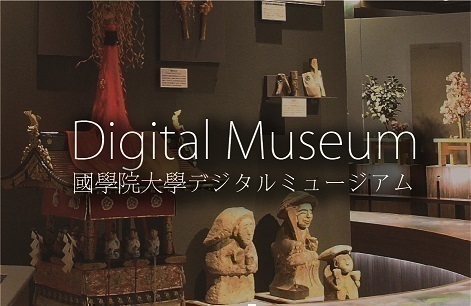- トップ
- Encyclopedia of Shinto
- Inoue Masakane
Encyclopedia of Shinto
| Main Menu: | |
| Links: |
詳細表示 (Complete Article)
| カテゴリー1: | 8. Schools, Groups, and Personalities |
|---|---|
| カテゴリー2: | Personalities |
| Title | Inoue Masakane |
| Text | (179-1849) Founder of Misogikyō. Born on the fourth day of the eighth month of 1790, Inoue was a samurai retainer of Tatebayashi Domain in Kōzuke Province (present-day Gunma Prefecture) and the second son of Andō Makane and wife Chiyoko. Inoue was adopted by relatives named Tomita on his mother's side, and took their former family name Inoue. In 1809 he began the study of medicine under Isono Hiromichi. In 1814, he undertook studies with phrenologist Mizuno Nanboku, learning techniques of physiognomical divination. He returned to Edo the following year and made his living as a diviner under the name Inoue Shūeki. In 1834, one year following an experience of dream visions, Inoue entered into studies with the Shirakawa clan (see Hakke Shintō), and received a ritualist's certificate enabling him to perform Shinto ceremonies. Taking the name Inoue Shikibu, he was appointed to the priesthood of the shrine Umeda Jinmeigū, in Bushū, Adachi District (present-day Adachi Ward, Tokyo) in 1840, but the Magistrate of Temples and Shrines placed him under suspicion for the prohibited activity of establishing a "new and deviant sect." Although he authored the conciliatory treatise Shintō yui'itsu mondōsho (Questions and answers about Yui'itsu Shinto), in 1843 he was exiled to Miyakejima, an island in the Izu archipelago south of Edo. He continued to receive material support from his disciples after his banishment, propagating his ideas among the island's residents. He died on Miyakejima on the twenty-eighth day of the second month of 1849 at the age of sixty, never having sought a pardon from the Tokugawa government. His teachings are gathered in collections entitled Inoue Masakane-ō ikunshū, Tama no sho, Inoue Masakane-ō gobun and Kyōso Inoue Masakane daijin gobunsho. - Inoue Nobutaka |




